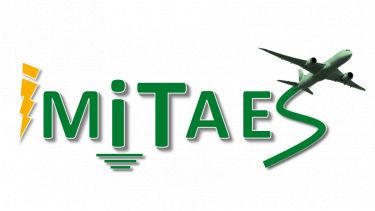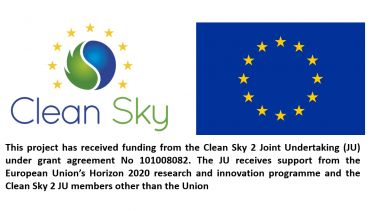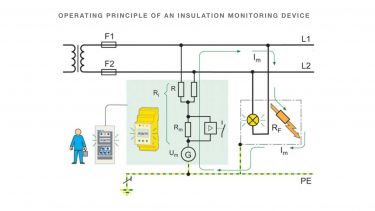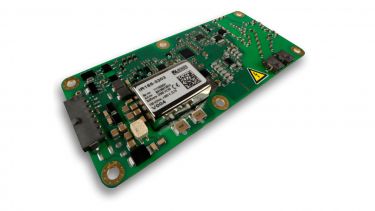IMITAES project
Insulation Monitoring for IT Aircraft Electrical Systems

Overview
Clean Sky is the largest European research programme developing innovative, cutting-edge technology aimed at reducing the environmental impact of aircraft transportation. Electrification of aircraft propulsion will be the main technological contributor towards the reduction of CO2, NOx and noise emissions in aircraft.
Current large passenger aircrafts use low voltage (below 1kVac rms or 1.5kVdc) distribution systems to transmit a relatively modest amount of power (below 1MW) for use in aircraft subsystems such as cabin conditioning and actuation. The existing power distribution systems often use the metallic airframe as the earthing system.
In the future, all electric aircrafts will need higher voltages to meet the increased needs for higher efficiency and power density.
With an increase in the predicted demand for high voltage electrical power in large passenger aircraft and other more electric aircraft concepts, new electrical distribution systems will be required to enable safe, light, highly efficient electrical propulsion systems.
To make electric or hybrid propulsion systems feasible, greater electrical power transmission at high voltage will be required. These higher voltage, however, create additional stresses to the electrical insulation of cables, electrical machines and components.
Monitoring the state of health of the insulation and detecting faults becomes crucial in safety critical systems such as aircrafts' power systems.
High power electrical systems in high reliability applications often utilise IT (Isolation Terra) earthing. IT earthing brings known advantages of fault current management and continued operation post fault. It also brings the challenge of correctly determining when an insulation fault has occurred, allowing the system to safely reconfigure or shutdown.
Objectives and impact
Despite their importance, insulation monitoring technologies have not been tested, proven, optimised and made commercially available for aerospace applications.
IMITAES will design, demonstrate and supply innovative insulation monitoring systems based on requirements of the aerospace sector.



